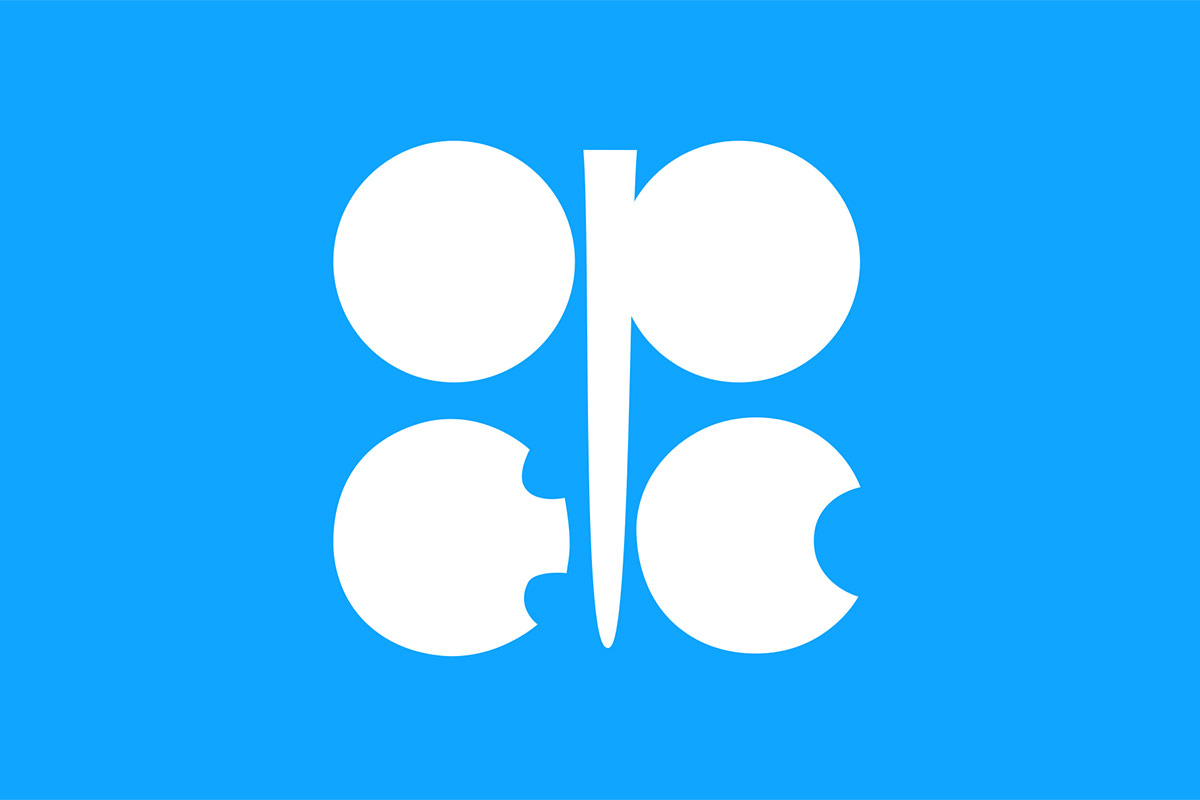OPEC getting ready to extend the output cut
On the background of weak international oil market, with an oil price going around the level of USD 50 per barrel and of enhanced output in the US, the coming OPEC meeting in Vienna on May 25 seems almost ready to extend the output cut agreed upon on November 30, 2016. As known, late last year the OPEC countries, Russia and other producers agreed to cut production by 1.8 million barrels per day (bpd) for six months, as of January 1, 2017 to support the market and avoid further fall in international prices.
Contrary to the months before this past meeting, when Iran and other countries had initially opposed a decision on reducing the output, currently it looks like most players are ready to extend the production cuts.
At mid-April an OPEC and non-OPEC technical committee (called Joint Technical Committee – JTI) allegedly recommended that producers extend a global deal to cut oil supplies for another six months from June. The output levels were agreed upon, the same sources say, by OPEC members Kuwait, Venezuela, Algeria and non-OPEC Russia and Oman.
Let’s note that compliance with the cuts agreed upon last year improved to 104% in March, up from a 90% level in February. The rate for non-OPEC producers in the accord rose to 64% from 38% over the same two months, the International Energy Agency said in an April 13 report. OPEC’s average compliance for 2017 is 99 percent, the IEA said.
The trend, in terms of agreement, is motivated by the unwanted alternative of seeing oil prices slide again down to USD 30-40 per barrel, as OPEC sources said in an internal assessment it would happen if the output cuts are not extended, on concerns that increasing US production will kill OPEC efforts to curb supplies.
Saudi Arabia and Kuwait gave a clear signal that the organisation is getting ready to prolong the agreement.
“There is an initial agreement but it has not been communicated to all the countries yet that we might be forced to extend in order to reach our goal,” Saudi Energy Minister Khalid al-Falih said during an energy forum in Abu Dhabi. “There is consensus building but it’s not done yet,” he added.
In his turn, Kuwaiti oil minister Essam al-Marzooq praised the high level of commitment in the first three months of the year in terms of output cuts. “We have achieved the target of reducing the supply,” he said.
Confirming the development, OPEC Secretary-General Mohammad Barkindo stated the oil producing countries are moving closer to re-balancing the crude oil market. “The Organization of Petroleum Exporting Countries and other major producers are committed to reducing oil stockpiles, and all countries participating in a six-month deal to pare output are committed to restoring the market’s stability,” Barkindo underlined at a conference in Abu Dhabi. “We are optimistic the policy measures have already placed us on the path of recovery,” Barkindo mentioned in a speech. “Our collective action will continue to prove effective.”
Pressure from the US
Knowing the long-time divergent opinions and interests of the oil producing countries, the current position may look strange. But there’s a huge reason staying behind this, not at all a secret, the very starting point of the battle on prices on the international markets: the US producers, with stress on the shale oil producers. News from across the ocean read that the US shale will not succumb to the price pressure that OPEC has placed on it. The number of US oil rigs rose by five in one week in mid-April, as well as the gas rigs. Latest information reveal that the number of active oil rigs in the US now stands at 688, by 345 rigs higher than one year ago. On the other hand, the total oil and gas rig count now stands at 857, by 426 more than in April 2016. Furthermore, in Canada the number of rigs is by 59 higher than last year.
Russia – a decisive player
Russia seems inclined to go along with the OPEC leaders, although there’s no firm stance yet.
Although not an OPEC member, Russia is essential for the success of the agreement and for its further implementation. Russian Energy Minister Alexander Novak said recently a decision on extending the cuts is not yet made, but would be discussed with OPEC on May 24 (one day before the OPEC meeting in Vienna). According to the agreement late last year, Russia’s contribution in terms of cuts would amount to 300,000 bpd to be gradually implemented. “There is no firm decision. Each country is looking into the matter by itself so it can make its proposals and evaluations,” Alexander Novak remarked on a visit to Tokyo. He also said Russia’s oil output cuts had reached 250,000 barrels per day (bpd) and would hit a targeted 300,000 bpd by the end of April.
He showed optimism: “The situation has gradually been improving since the beginning of March. The oil surplus has been reduced. The situation is getting more and more stable and there’s less volatility on the market.”
Other actors
The trend is clear – oil exporting countries are heading towards keeping the output cuts. Nevertheless, there’s no guarantee further cuts will be operated, as UAE Energy Minister Suhail Al Mazrouei mentioned recently, the unknowns being Iran, Nigeria and Libya. Nigeria is in turmoil due to internal conflicts, Libya faces unrest and Iran was allowed to pump additional 90,000 bpd to reach an output of 3.8 million bpd to recover from former international sanctions.
According to sources, Iran would be permitted to keep production unchanged if OPEC decides to extend the agreement. “I think they will keep the same level if the deal is extended,” one source said, adding Iran is cooperating: “They are not cutting, but they aren’t increasing output from what was agreed on.” However, another OPEC source gives an explanation for that: “We know they can’t raise their production much more.”
Officially, Iranian Oil Minister Bijan Zanganeh said Tehran is ready to join the initiative as long as there is consensus among the cartel’s members. He added that most oil producers support an extension of output cuts by OPEC and non-OPEC countries, and Iran would also back such a move.
Iran produced 3.79 bpd in March, down slightly from the 3.82 million bpd in February but higher than the 3.78 million bpd in January.
Kuwait and the UAE are clearly having the same position as Saudi Arabia, in favour of an extension, confirmed by the Kuwaiti oil minister Essam al-Marzouq.
Iraq, OPEC’s second-largest producer after Saudi Arabia, had an output of 4.464 million bpd in March, down by 300,000 bpd against the level before the implemented cuts.
More complicated situations are to be found in Libya and Venezuela, due to the domestic situations – civil unrest and economic crisis, respectively. Libya needs higher oil revenues and has reopened its largest oil field, increasing the output to about 660,000 bpd. However, analysts consider it would not stand against the cuts extension. As far as Venezuela is concerned, things are unclear and under strain. Recently, the Supreme Court approved an amendment, considered by analysts as discouraging to the market, to shift the powers from congress to President Nicolas Maduro in terms of oil reserves, in a move some see as a desperate attempt to generate revenues to the state budget. The head of state reportedly would have the power to decide on the country’s oil fields and to launch joint ventures with foreign companies – but this move does not seem to encourage foreign investors to do business in Venezuela.
Drawing the line, the OPEC summit in May might not be as tensioned as the other meetings before. The general option is to continue on the current trend, knowing actually there’s no viable alternative, given the pressure of US producers. It’s so long since optimism reigned before an OPEC meeting… but now it’s ‘alive’. As OPEC Secretary General said: “We are optimistic the policy measures have already placed us on the path of recovery. Our collective action will continue to prove effective.”






